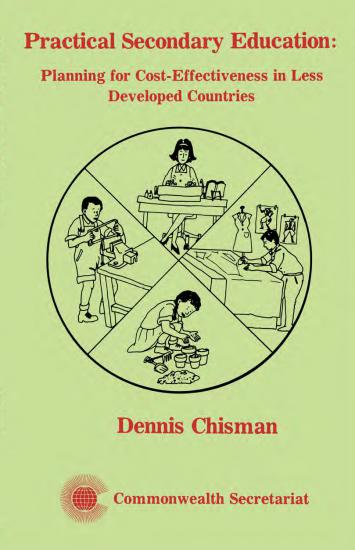Practical Secondary Education: Planning for Cost Effectiveness in Less Developed Countries
Synopsis
The dangers of an exclusively academic secondary school curriculum, and the benefits of a diversified one that includes practical and prevocational subjects, are acknowledged throughout the world. Issues have been given particular prominence in less developed countries.
Diversification can be expensive, however, and this fact can seriously limit its scope and impact. To help governments both with decisionmaking and implementation, this handbook suggests ways to improve costeffectiveness. It pays particular attention to the special facilities, equipment, staffing and classsizes usually required by practical subjects,
The book is mainly intended for policymakers and administrators at national government level. It will also be useful to inspectors, supervisors, principals and teachers.
Chapters
-
Foreword
-
Introduction
-
The Concept of Cost-Effectiveness
-
The Aims of Practical Curricula
-
Unit Costs and their Calculation
-
Special Buildings
-
Furniture & Equipment
-
Curricula & Examinations
-
Teachers & Support Staff
-
Teaching Materials
-
Maintenance, Repair & Replacement
-
Students' Fees
-
Sale of Goods & Services
-
Resources from the Community
-
Maximising Cost-Effectiveness
-
Further Reading

Downloads
Published
Online ISSN
Categories
License

This work is licensed under a Creative Commons Attribution-NonCommercial-NoDerivatives 4.0 International License.

